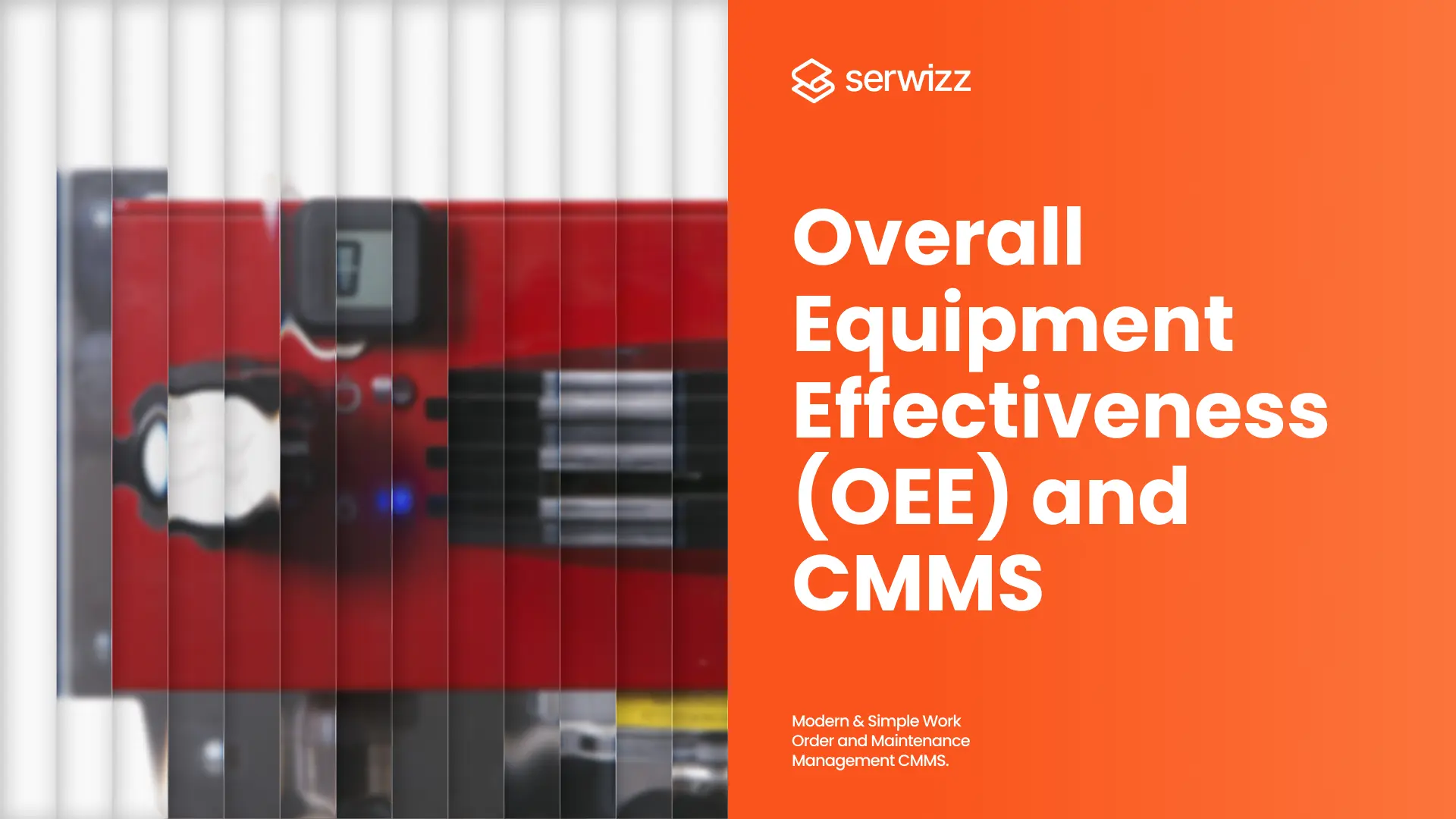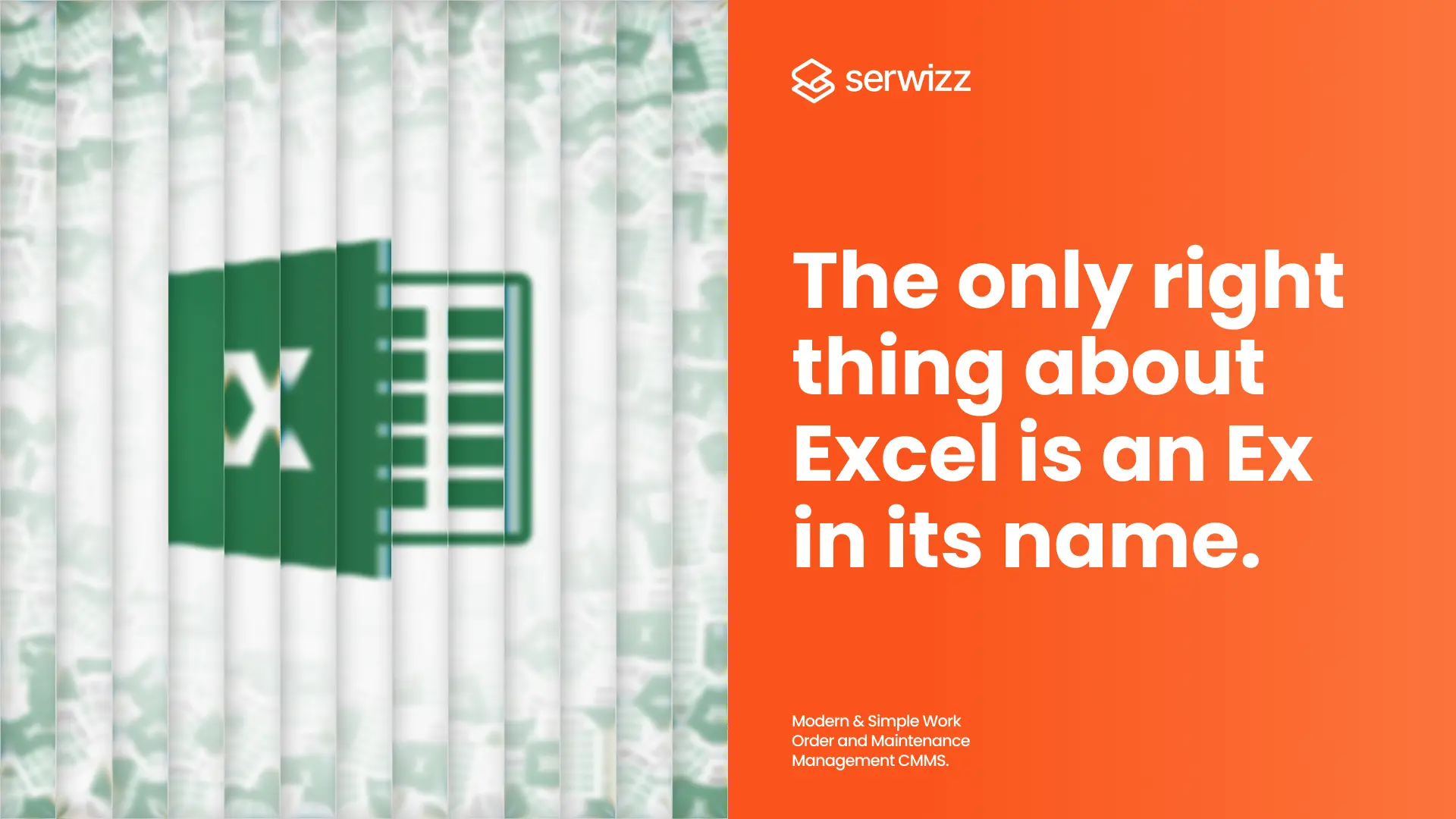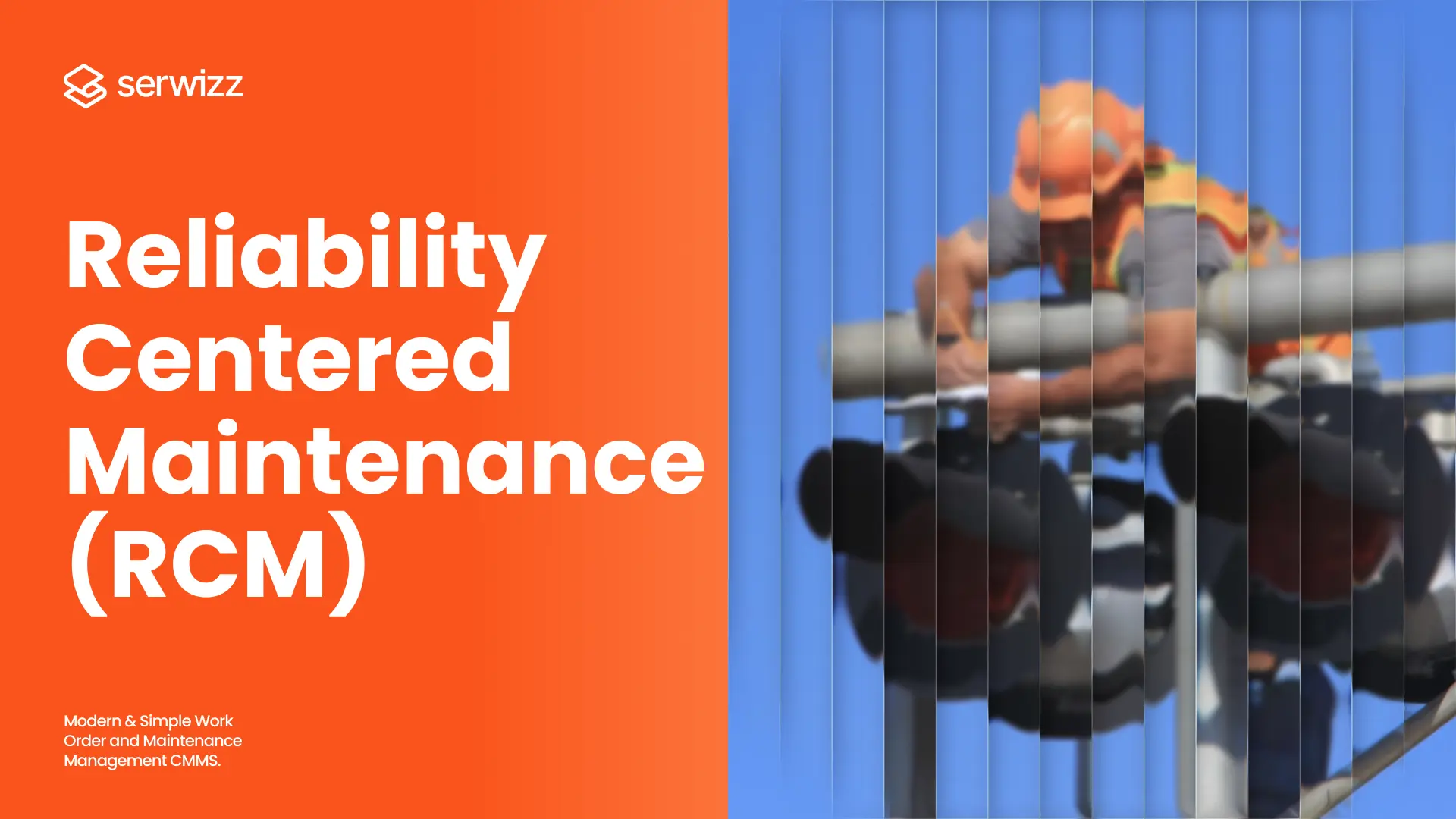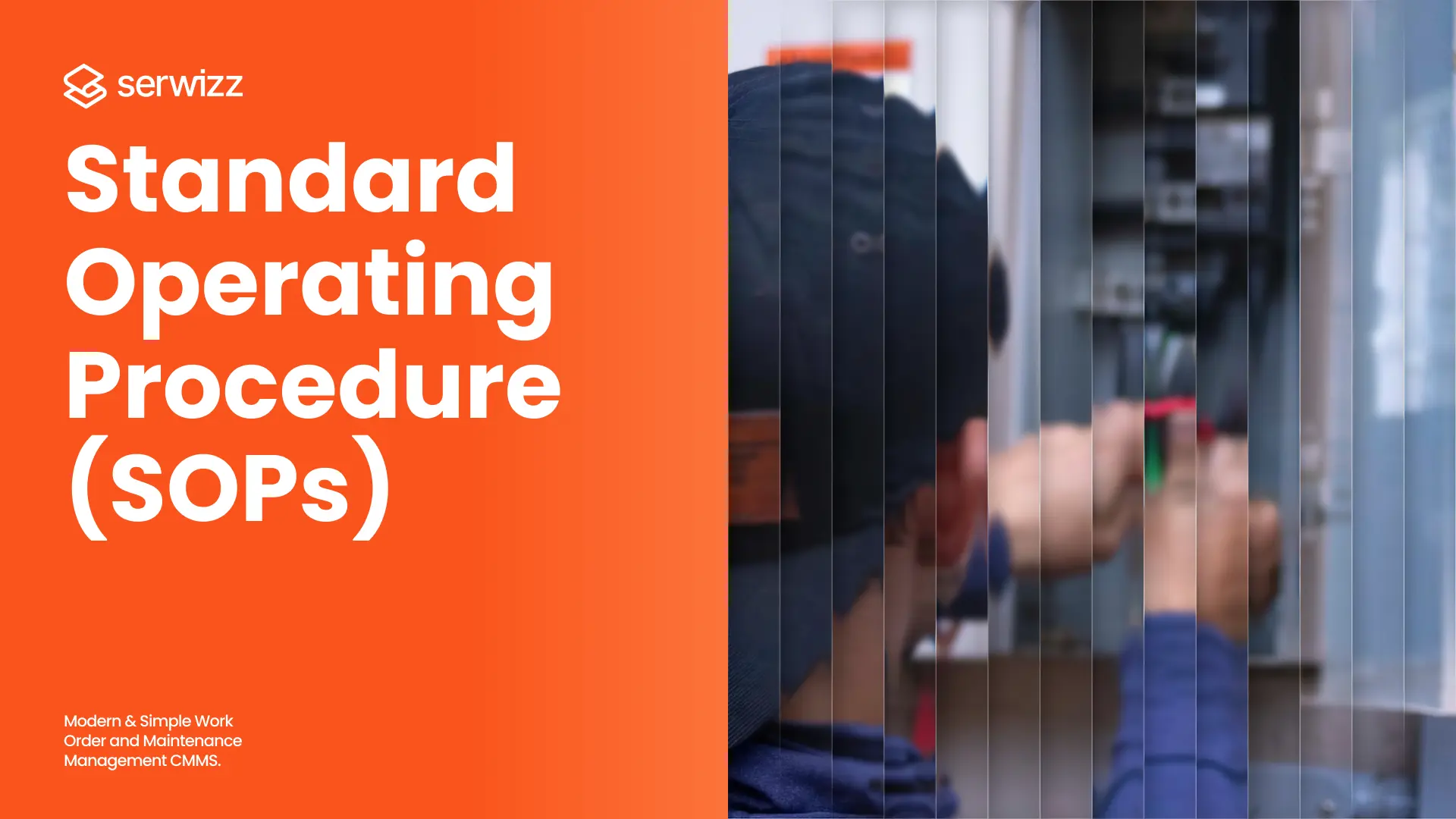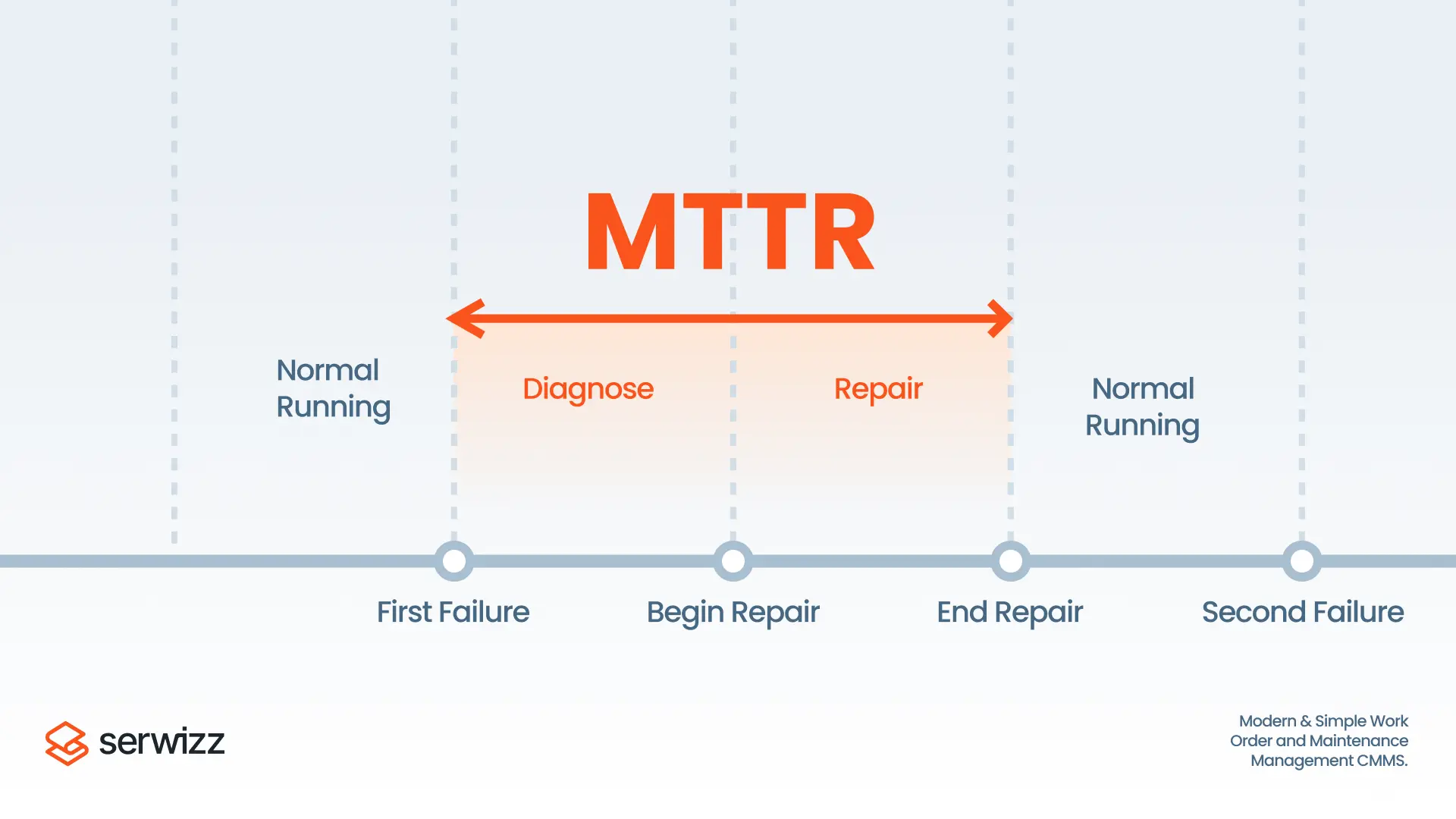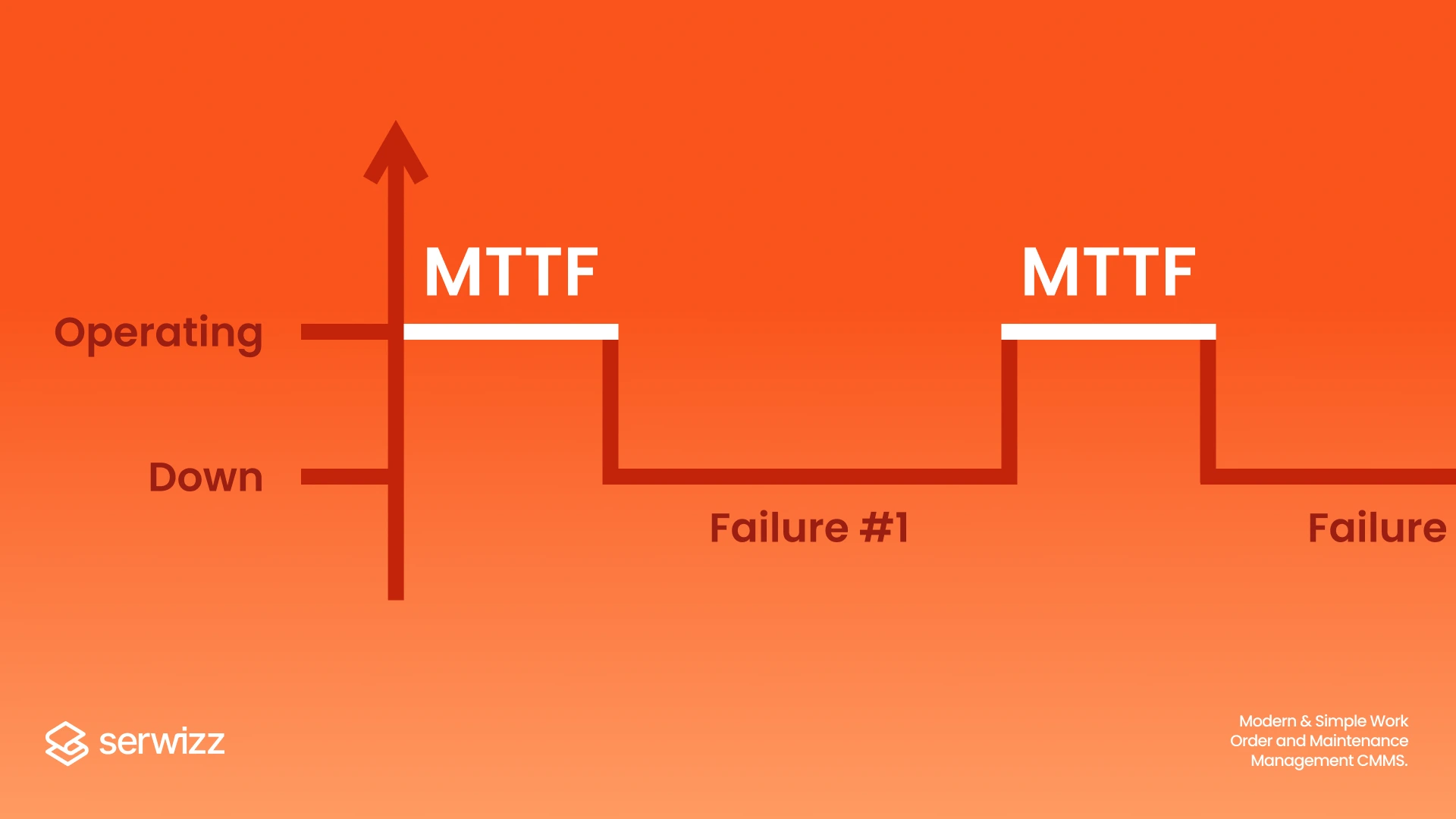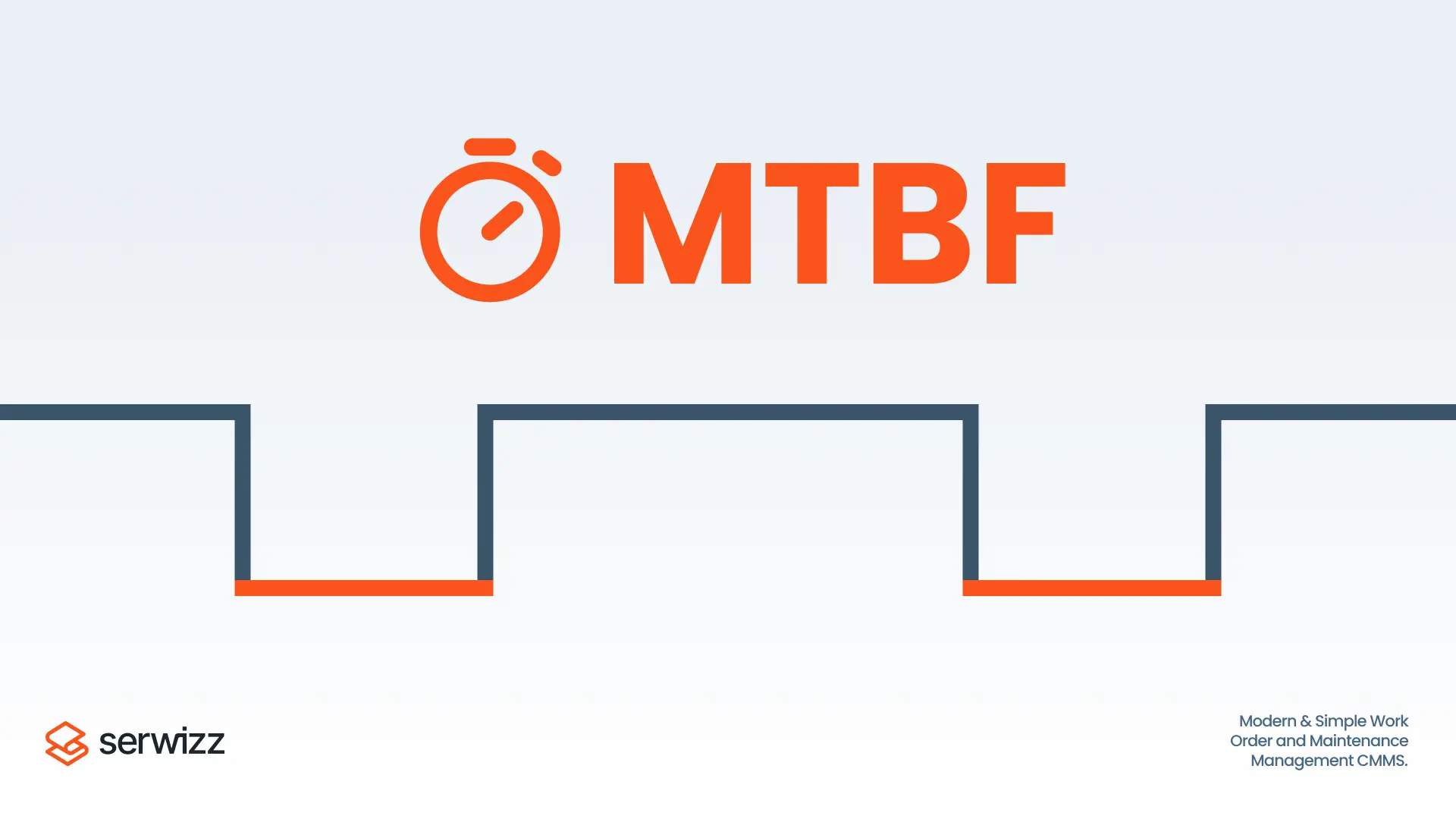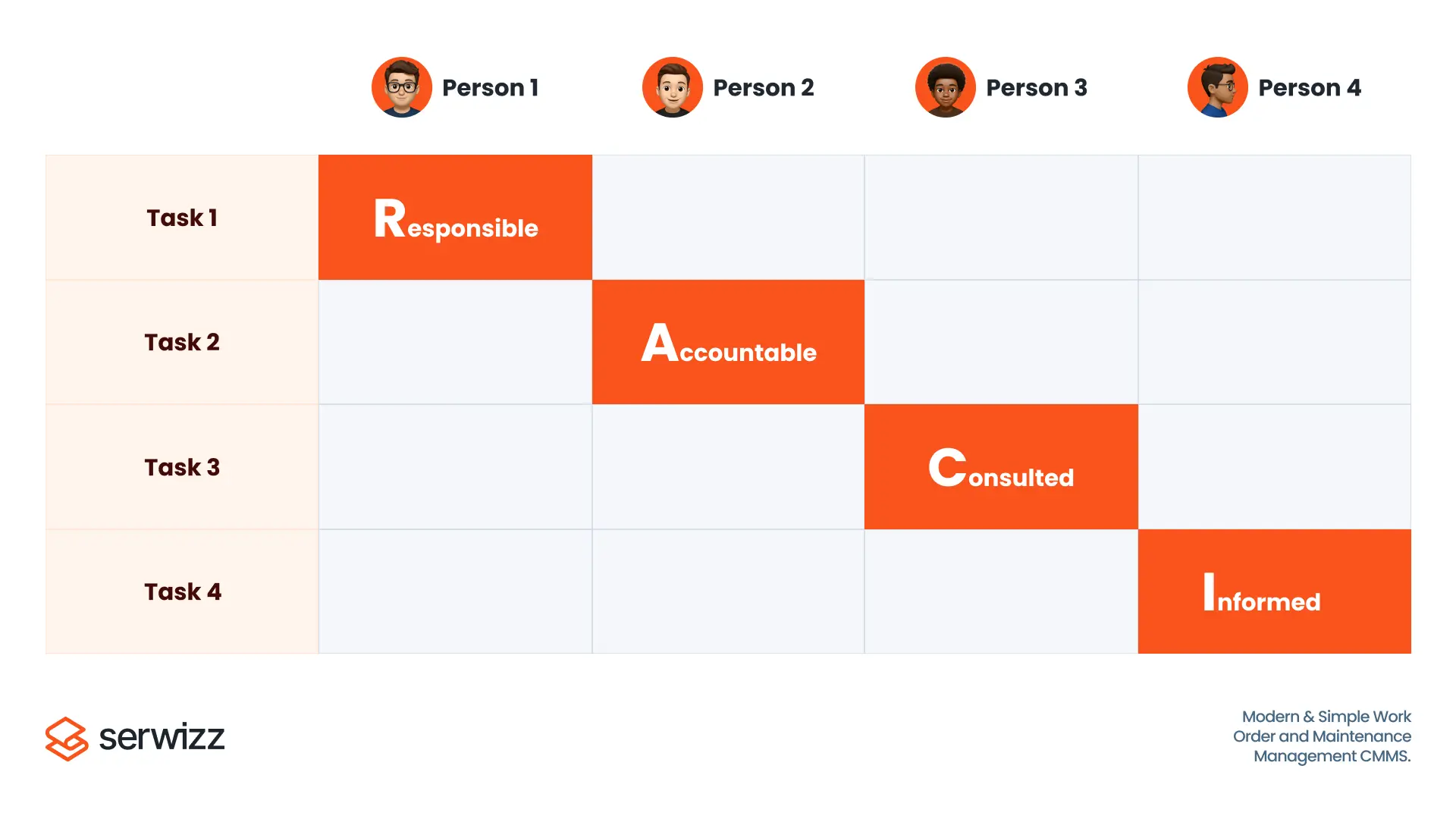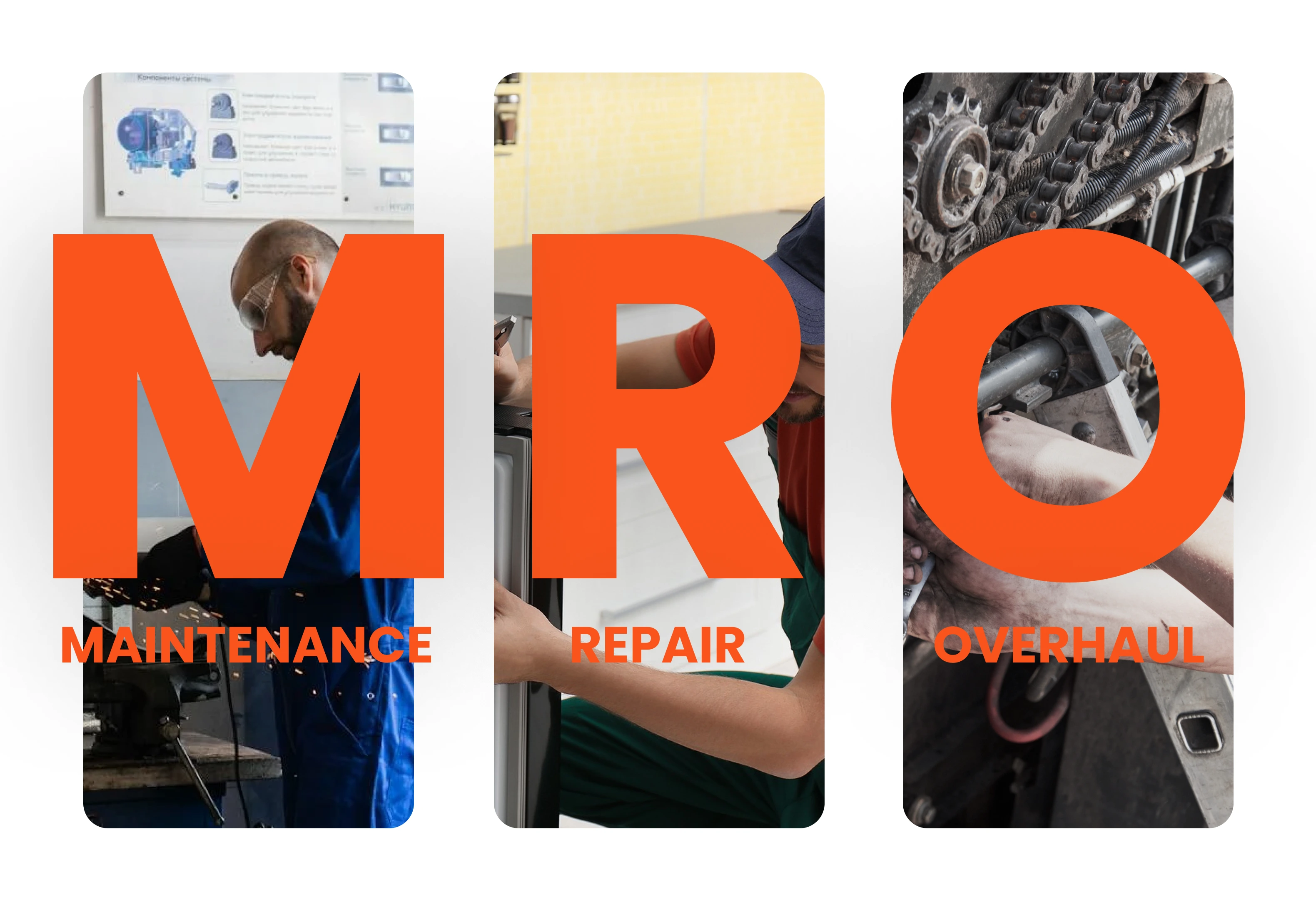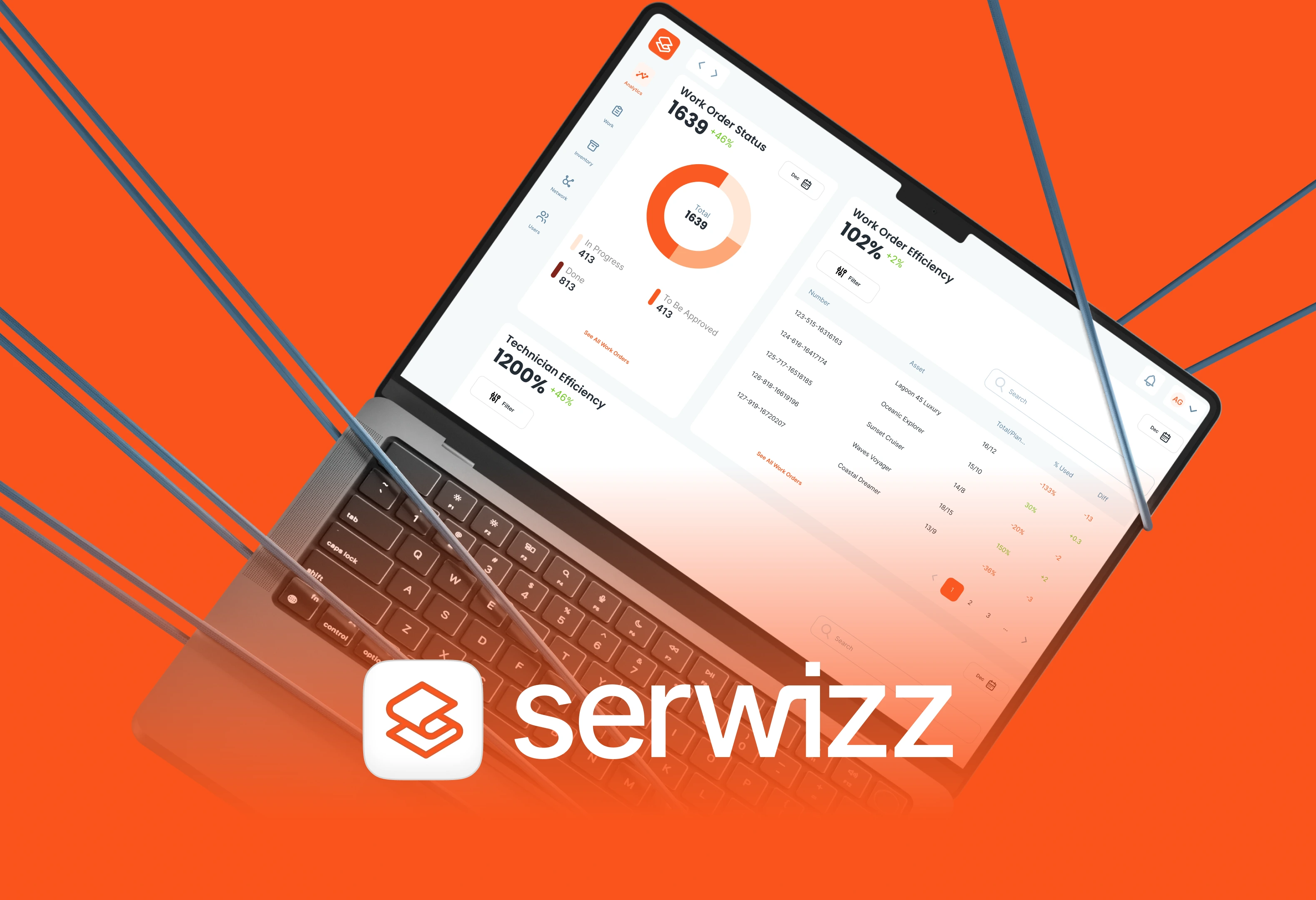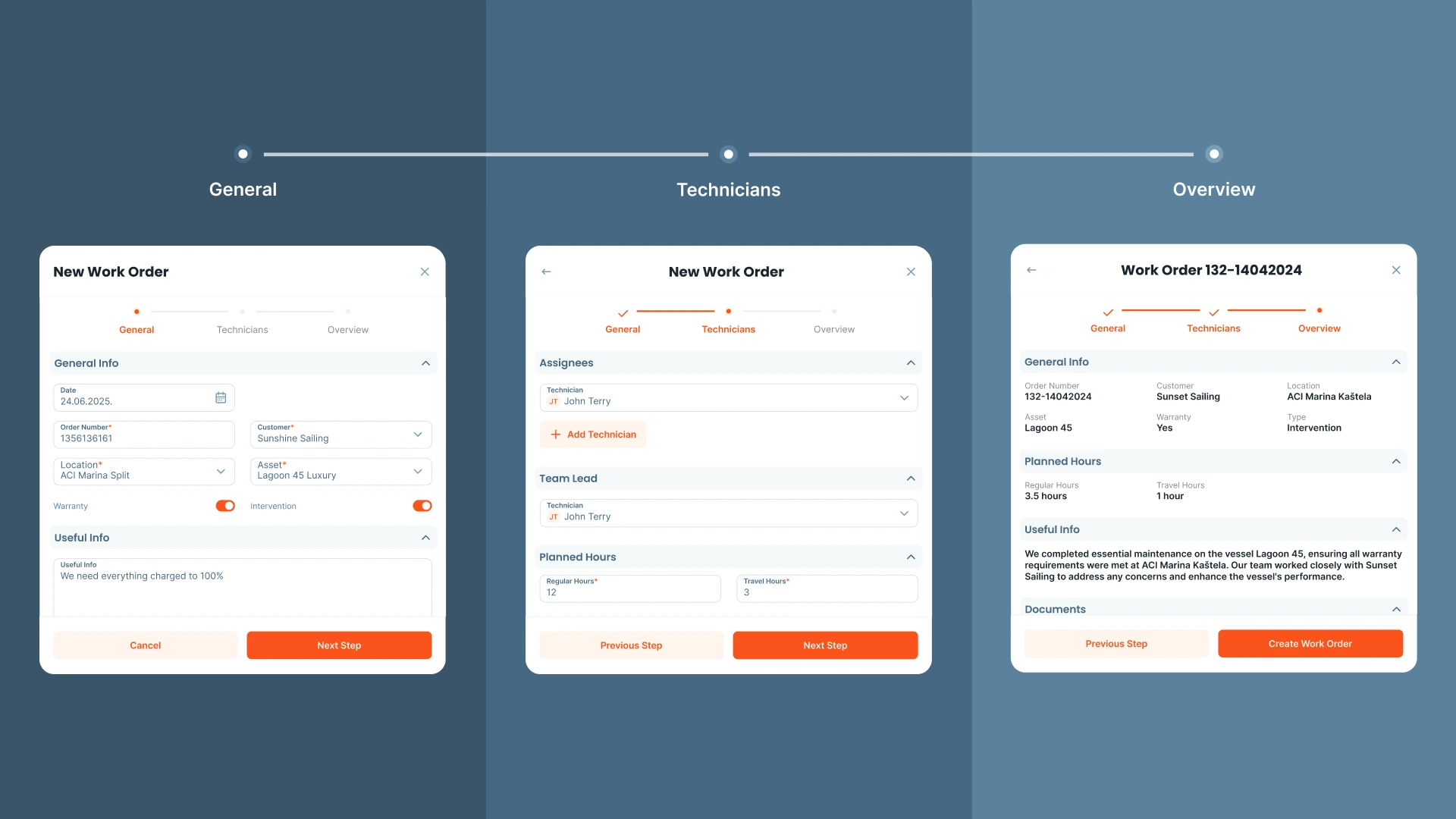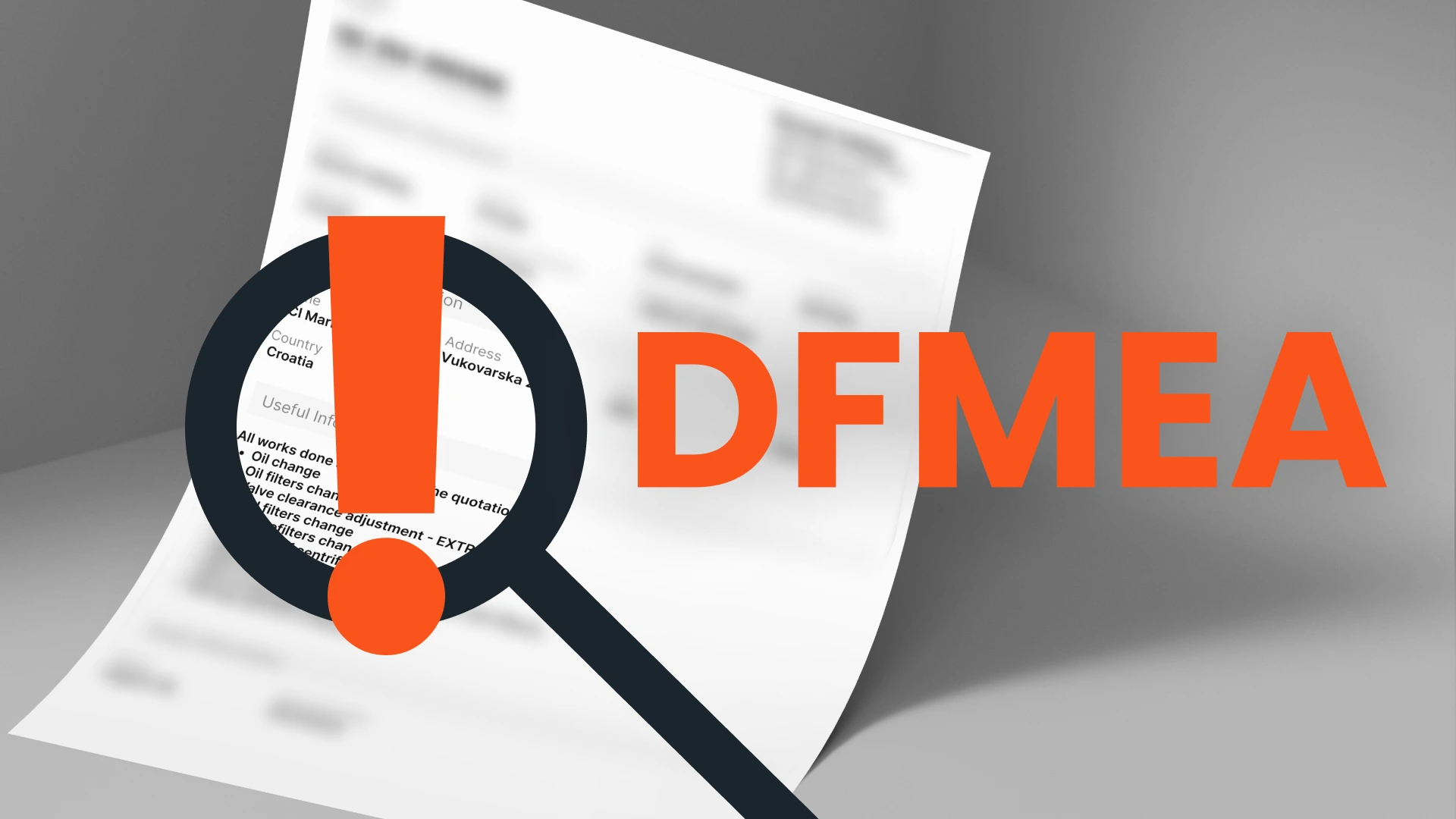CMMS
·
12 min read
Adapting Work Orders for Fiscalization 2.0
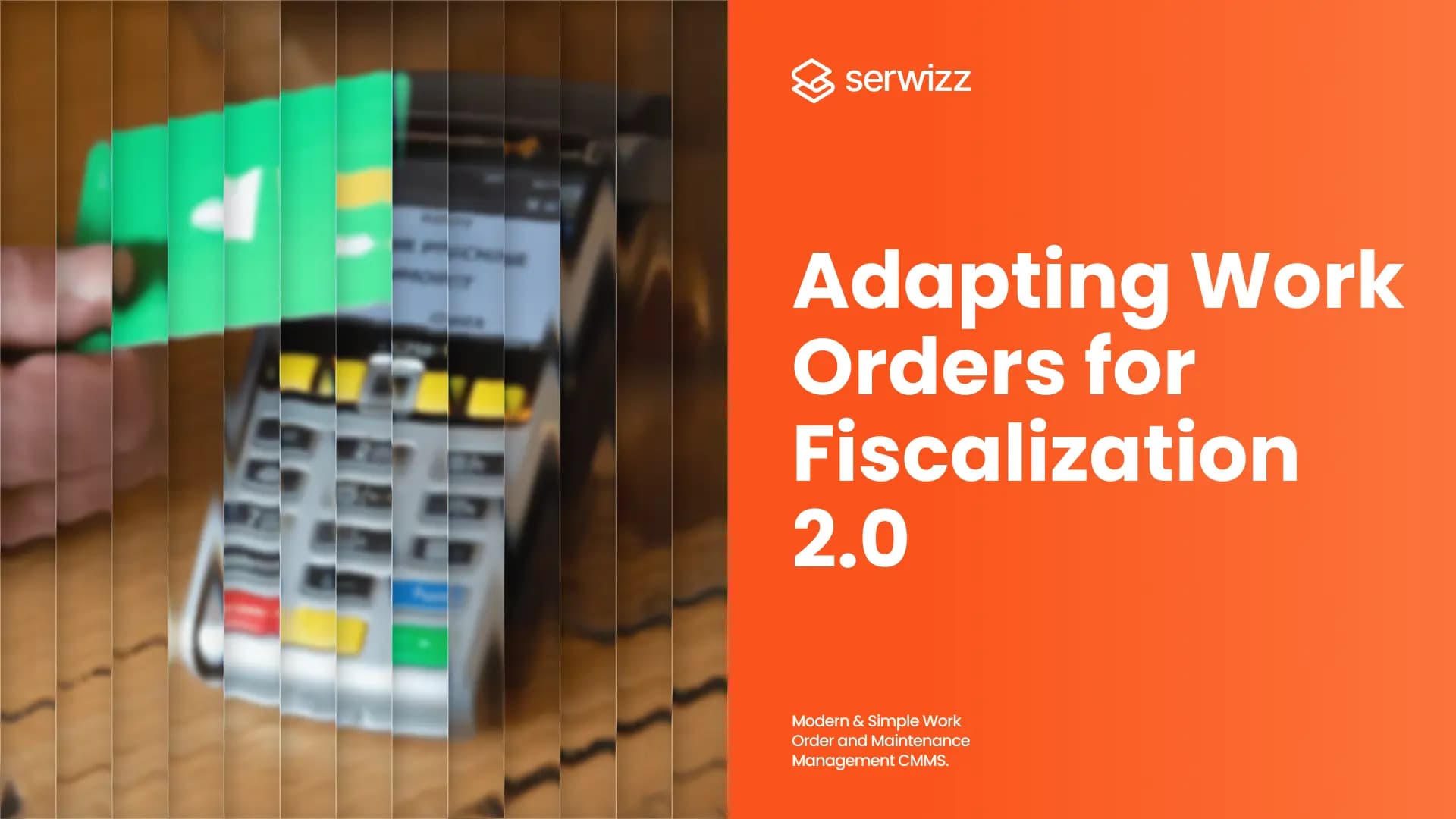
Fiscalization 2.0 is not just a legal requirement. It is a complete modernization of the fiscal system in Croatia. It includes digital signing, automated data exchange and stricter audit requirements.
This system brings Croatia in line with European rules for eInvoices and eDocumentation. It also lets you track transactions fully digitally. So, if you start early, you can avoid technical problems and extra paperwork.
To avoid technical issues and administrative costs related to compliance, companies have to prepare on time.
What is Fiscalization 2.0?
Fiscalization 2.0 is a new system for electronic invoices and eInvoices in Croatia. It will start on January 1, 2026.
The main goal of this system is to simplify issuing invoices, reduce errors, and speed up data exchange with the Tax Administration.
Every invoice and work order must have a unique ID, and all data must be verified before sending.
Companies need to start preparing early because even small mistakes can cause extra administrative work or compliance problems.
Fiscalization 2.0 is not just a technical change. It also changes how companies plan, document, and process all their business transactions.
Difference Between Fiscalization 1.0 and Fiscalization 2.0
Fiscalization was first introduced in Croatia in 2013. Its goal was to control business with citizens, cash and card payments, and track tax records. The system provided some oversight of fiscal transactions, but digitalization and automation were limited. Entrepreneurs often used paper invoices or PDF documents sent by email, which increased the risk of errors, duplicate entries, and processing delays.
Fiscalization 2.0, which starts January 1, 2026, will bring a huge upgrade to the system. The new system now brings fiscalization to:
- B2B transactions (business to business)
- B2G transactions (business to government)
- Payments made through transaction accounts (which weren’t included before)
This means every invoice and work order will need a digital ID, verification, and proper organization to meet audit and legal standards.
Getting ready ahead of time, helps companies avoid penalties and unnecessary delays. It also makes daily operations smoother, improves teamwork and keeps everything more transparent.
Fiscalization 2.0 is changing how businesses handle financial data. Instead of rushing documents out, each one gets a careful once-over to be sure everything adds up. After that, it is sent through secure, digitally signed channels; no shortcuts, no risks. Your data stays safe and everything stays compliant. If you are using platform like Serwizz, the switch is much smoother. Digital work orders cut down the paperwork, keep everyone on the same page and make day-to-day operations a lot easier to manage.
Detailed Explanation of Fiscalization 2.0
The main difference between Fiscalization 1.0 and 2.0 is in scope, technology, and handling.
Technical Framework
Every invoice and work order must have:
- A unique identifier (ID) that allows tracking from creation to posting
- A full audit record (records all changes, time, and user)
- Automatic data verification (VAT, prices, quantities, and client information)
These features greatly reduce errors that were common with paper or PDF invoices, especially with many transactions.
Benefits of Digital Tracking
Digital tracking brings many benefits:
- Faster invoice processing (automatic posting and eInvoice generation)
- Reduced administration (less manual entry and checking)
- Increased transparency (all information centralized and easily accessible)
- Audit readiness (each document has a full record and can be quickly checked)
Companies that implement digital systems like Serwizz have an advantage because they already centralize data on work orders, costs, and assets, which helps integration with ERP and fiscal processes.
Examples of Problems with Outdated Work Orders
Old work orders often had issues like:
- Incomplete work orders missing client details or service quantities
- Manually transferring data from work orders to the accounting system
- Recording the same equipment under different names
- Unsigned orders
- Delayed invoices and extra, unnecessary administrative work
Fiscalization 2.0 solves all of these by making everything digital and automatically checking the data.
The eInvoice becomes the central element of the fiscal system. Using the EN 16931 standard, data can transfer automatically in XML format without manual input, greatly reducing errors.
eInvoice – Technical Details and Benefits
What is an eInvoice?
An eInvoice is just a smarter way to handle invoices. Instead of a PDF that’s basically a picture of paper, an eInvoice talks directly to your system. That means you can:
- Put data straight into your software without typing
- Automatically check prices and VAT
- Hook it up with your ERP or CMMS
- Avoid the usual mistakes and delays
Why bother with eInvoices? Because they actually make life easier:
- Things get done faster: no waiting around
- Less busywork: no copying info over and over
- Fewer errors: the system catches most mistakes automatically
- Everything is easy to track: every invoice has a clear digital record
Serwizz’s role is to simplify the entire process that comes before; Serwizz doesn’t make eInvoices, but it helps you manage work orders and costs digitally. It’s a big step toward making Fiscalization 2.0 less of a headache. Find out more about its features here.
Work Orders – The Basis of the Fiscal Process
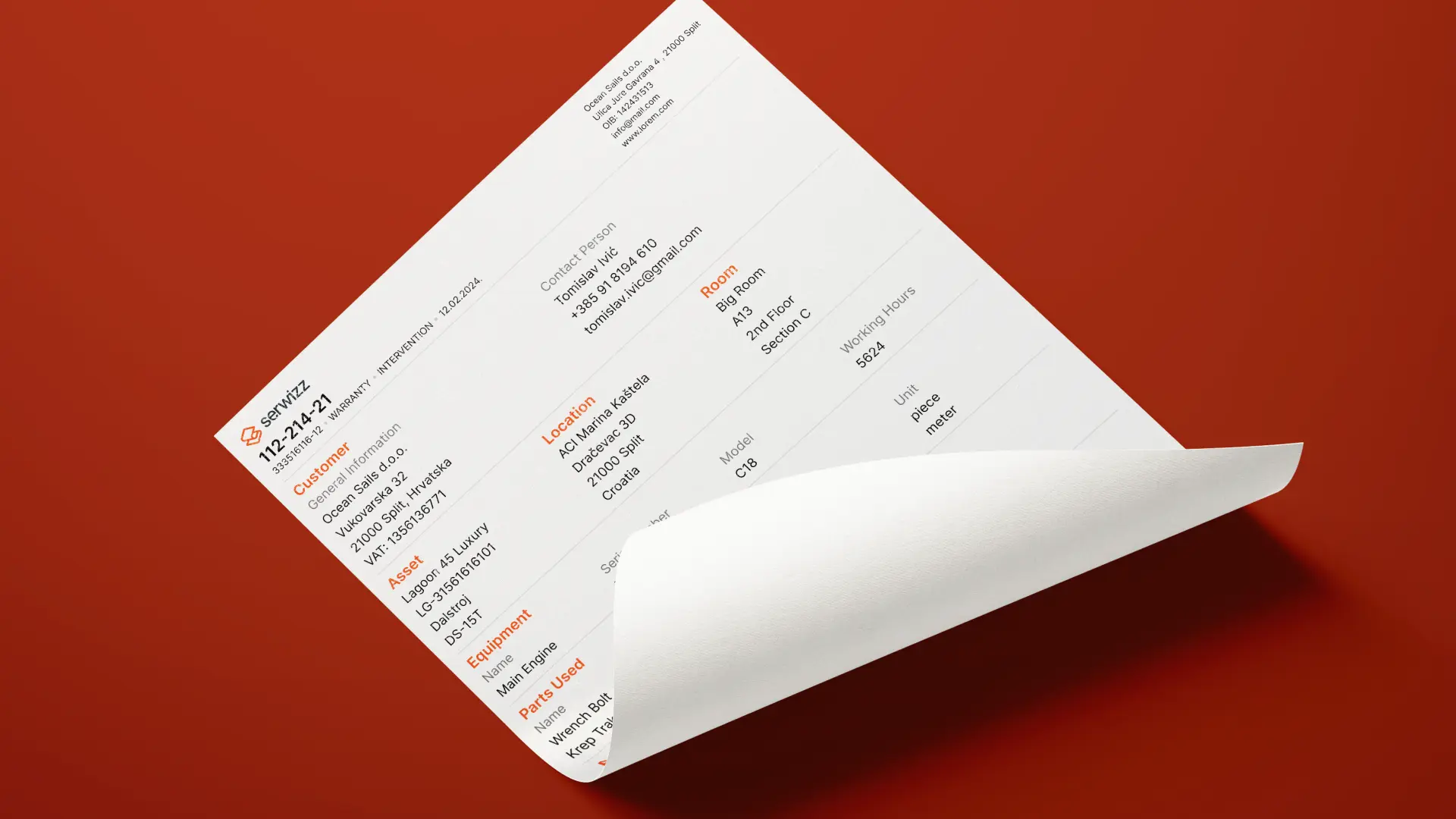
Work orders are no longer just a record of completed tasks; they now form the foundation of fiscal processes.
What a Work Order Must Include
A work order should have:
- A unique document ID
- Client and service provider details
- A detailed description of the job, including quantities and prices
- A digital signature
- Date, time, and completion status
Consequences of Incomplete Orders
Incomplete work orders can cause:
- Delays in invoices and payments
- Extra administrative work
- Errors in cost calculation
- Risk of fines and audit issues
Guide to Adapting Work Orders
Steps to adapt work orders:
- Step 1: review existing templates (make sure every order contains all required data)
- Step 2: Connect with ERP and fiscal systems (automatic invoice generation and less duplicate entry)
- Step 3: Train the team (instructions and monitoring of data entry)
Serwizz CMMS helps simplify administration related to work orders. Examples of such changes are in the article: How Digital Work Orders Reduce Mistakes and Save Time in Maintenance.
Serwizz CMMS and Integration with Fiscalization
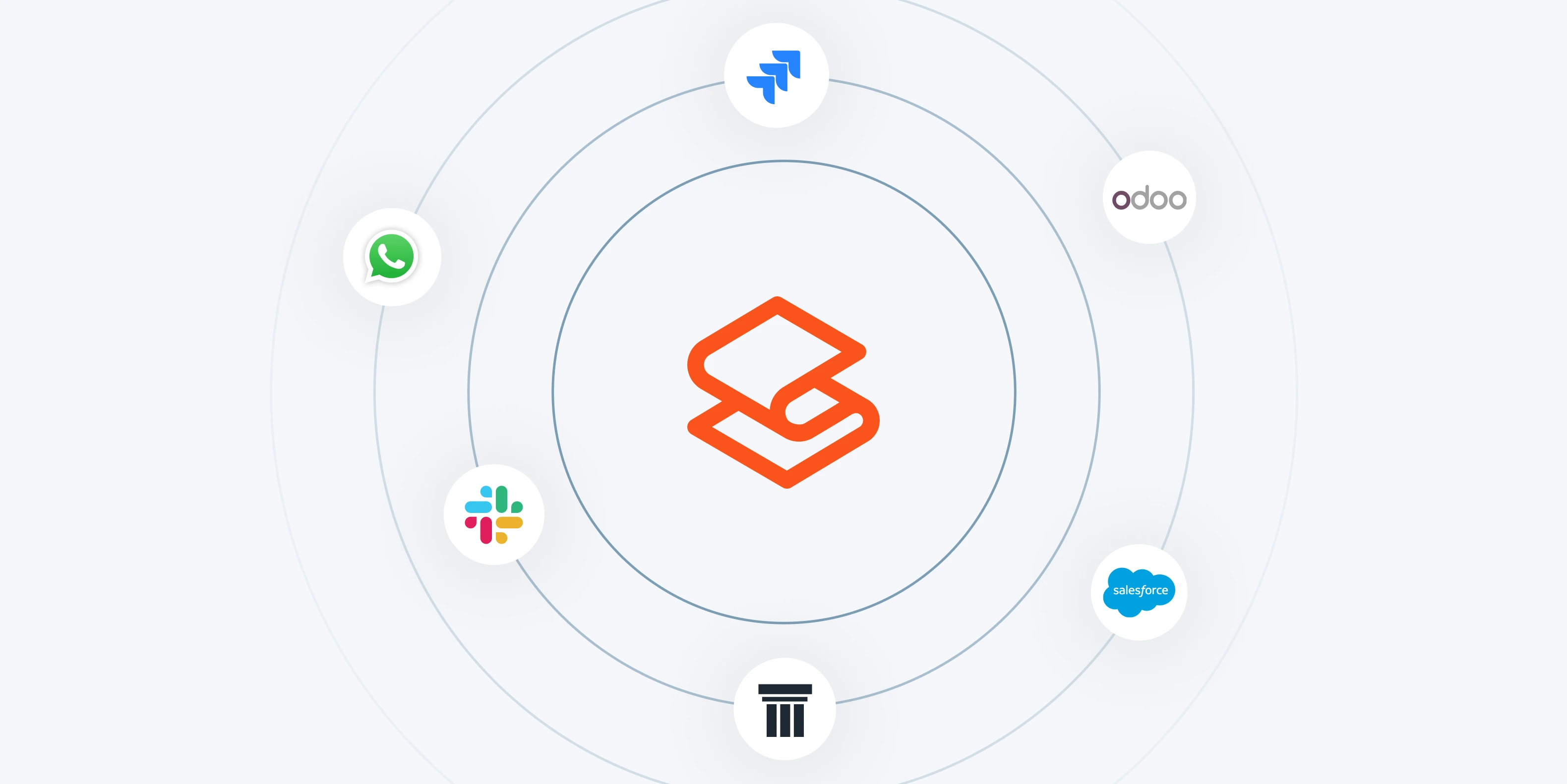
Digital transformation is not just adapting work orders; it is a complete system for managing business processes. Business becomes fully digital and transparent, requiring more order, more accurate data, and better connection between departments.
This is where Serwizz CMMS steps in; helping companies with a smooth entry into the new digital era.
Fiscalization Encourages Digitalization, and CMMS Makes It Simple
Even though Serwizz does not directly issue eInvoices, it helps companies digitalize and automate all other key processes: from work orders and maintenance to asset management and cost tracking.
While Fiscalization 2.0 encourages precise and fast reporting, Serwizz provides accuracy, centralization, and easy access to all data in these processes. Specifically, Serwizz helps companies:
- Keep full records of assets and costs
- Automate work orders and track execution in real time
- Plan preventive maintenance, reducing unplanned failures and costs
- Generate reports needed for financial and operational management
- Work faster, more efficiently, and with less paperwork
When Serwizz is used as the central system, all information about assets, tasks, and costs is in one place. This allows faster invoice generation.
Although many companies digitalize because of fiscalization, the benefits of digitalization are broader. Automation reduces costs and increases efficiency. Serwizz CMMS allows all teams to work in sync with centralized data and offers advanced analytics.
More about how digital transformation improves business can be read on the Serwizz’s blog.
Digital Order Before It Becomes Mandatory
Fiscalization 2.0 shows that business must be digital, connected, and transparent. Even if maintenance isn’t directly part of fiscalization, tools like Serwizz help set it up.
Using a CMMS helps you stay on top of costs, assets, and maintenance tasks. It gives you a clearer picture of what is happeningin your daily operations, while helping you stay on top of new regulations, without adding more paperwork.
Fiscalization 2.0 isn’t just new obligations; it changes how business works. Companies that want to stay ahead need systems that make processes accurate and automatic.
Serwizz CMMS lets you see and manage all your assets, maintenance, and costs; no paper, no chaos, no manual work.
Practical Statistics
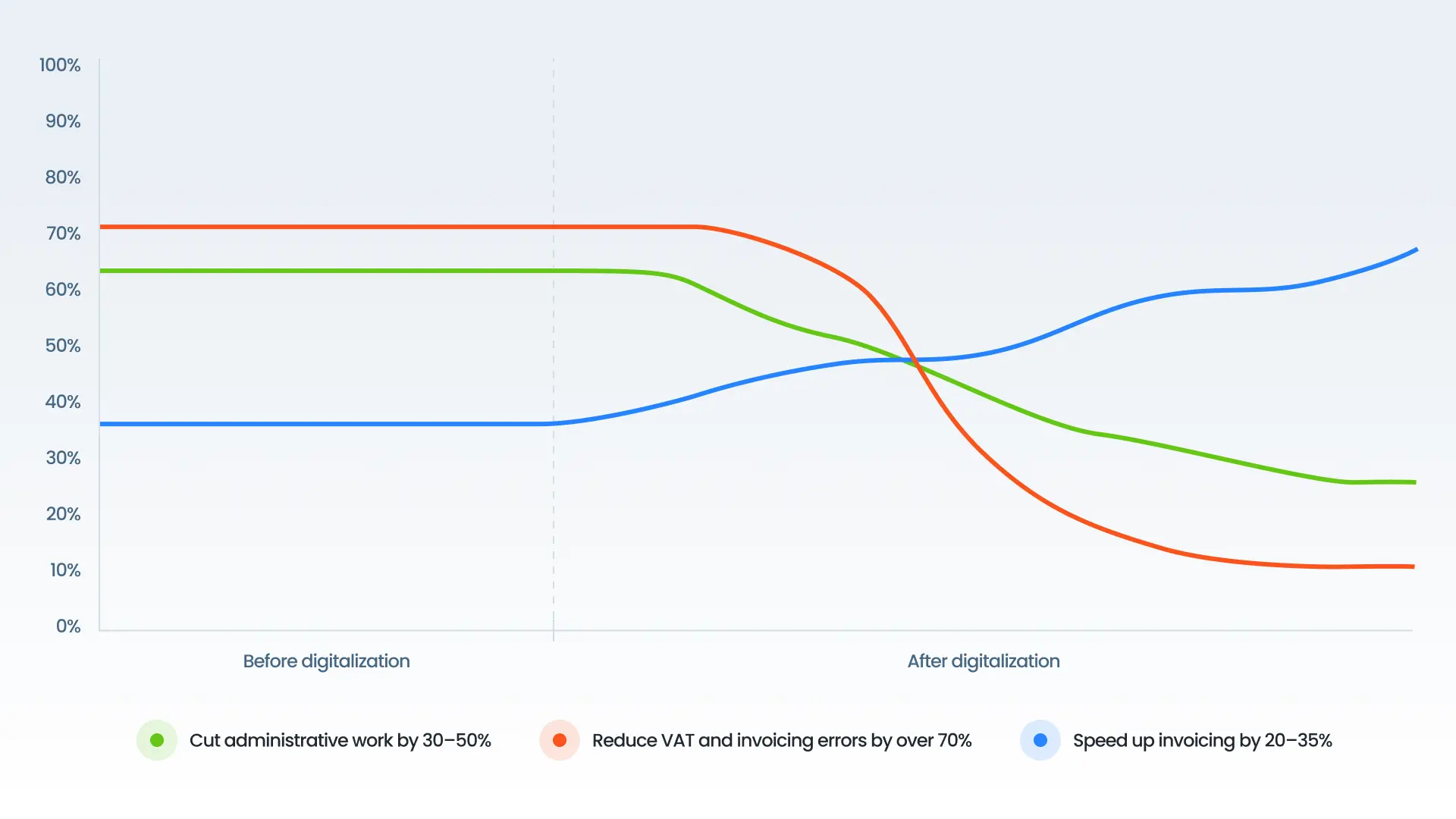
Companies that switch to digital work orders usually:
- Cut administrative work by 30–50%
- Speed up invoicing by 20–35%
- Reduce VAT and invoicing errors by over 70%
These results show why digital work orders are a key step toward Fiscalization 2.0.
Your checklist for a smooth transition
To make the move to Fiscalization 2.0 simple and stress-free, follow these steps:
- Review your current work order process
- Standardize templates and required fields
- Connect your ERP, CMMS, and accounting systems
- Train your team and give clear instructions
- Regularly check data accuracy
- Use mobile apps for on-site teams
- Monitor performance with reports and analytics
With these steps, implementation becomes smoother, faster, and more reliable: with fewer errors and less downtime.
Fiscalization 2.0 marks the start of a new digital era. Companies using systems like Serwizz find it easier to stay compliant, accurate and also efficient. Curious how Serwizz can fit your business? Find out more here.
Conclusion: Get ready for the new digital era with Serwizz
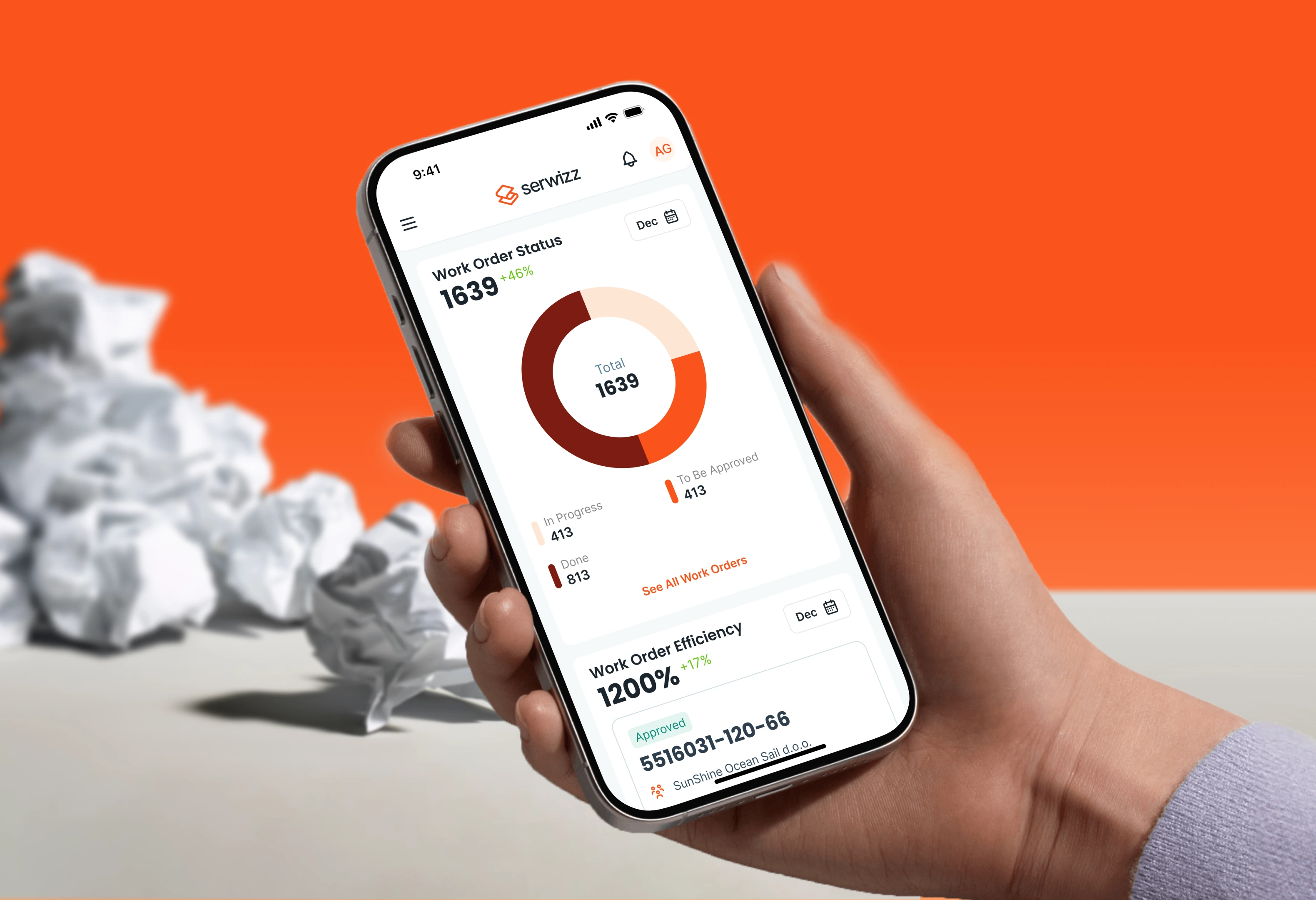
If you move your work orders to Serwizz CMMS, your team can:
- Work faster and more efficiently
- Cut down on paperwork and avoid costly mistakes
- Stay fully compliant with every new regulation
- Build a strong base for future digital improvements
Digitalization isn’t just a passing trend; it’s how successful businesses operate today. Teams that still rely on manual processes often experience slowdowns, higher costs, and have extra admin work that eats up time.
Take the first step toward Fiscalization 2.0 and request your Serwizz CMMS demo today, so you can see how simple digital transformation can be.
